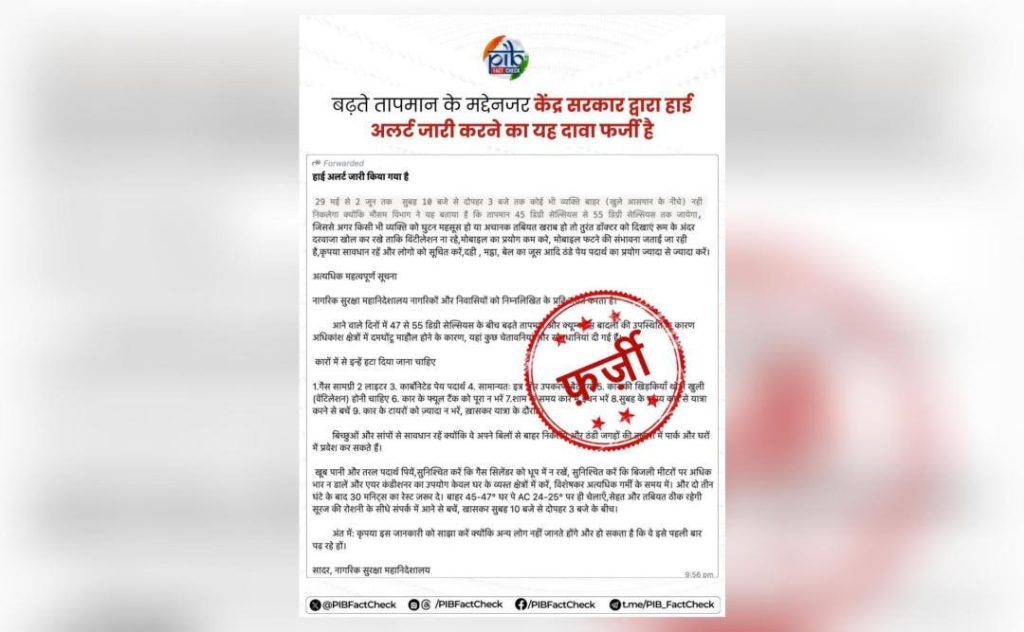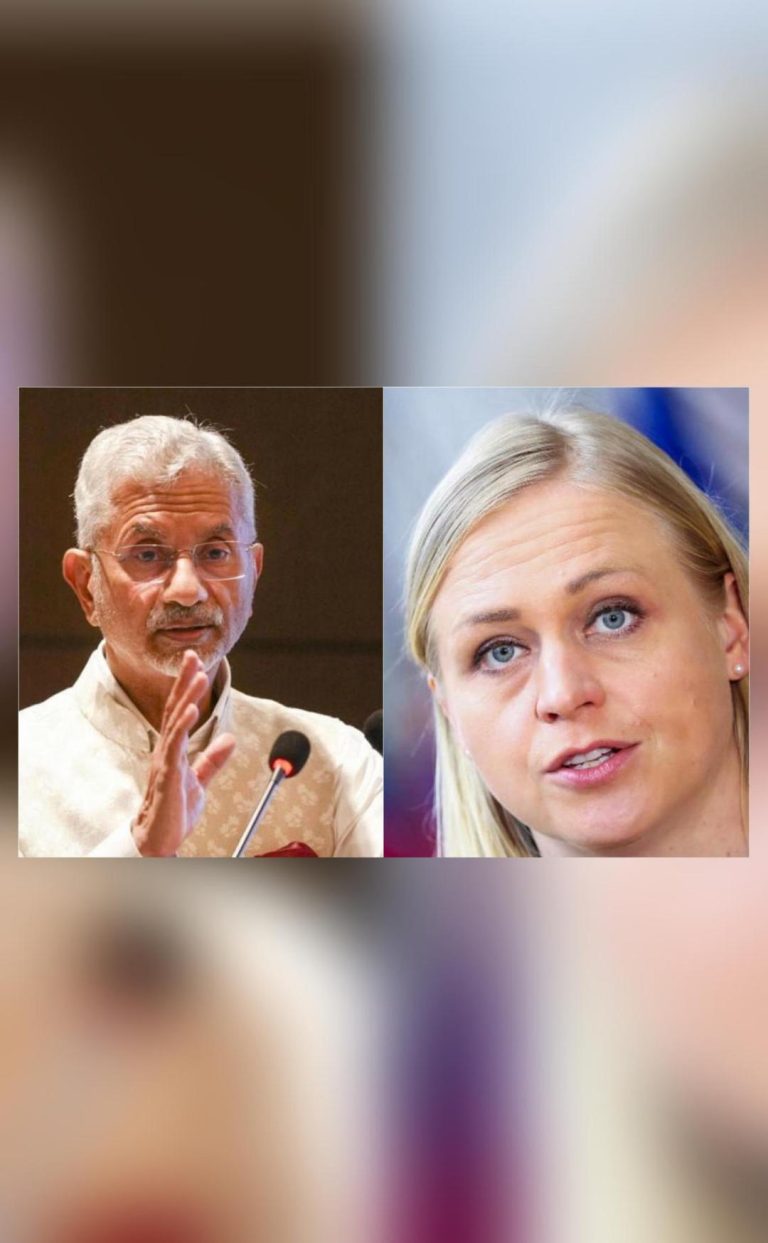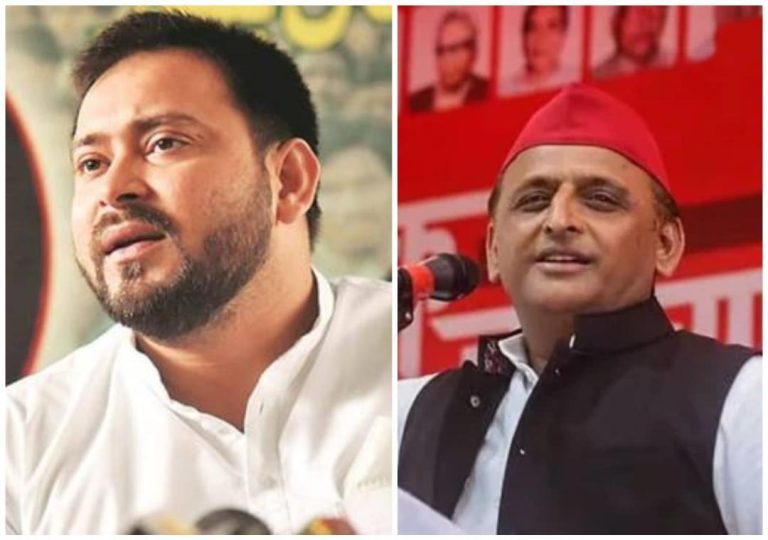
Social Media Post Claiming 55°C Temperature Alert is Fake: Govt
In today’s digital age, it’s no secret that social media has become a breeding ground for misinformation and fake news. With just a few clicks, anyone can spread false information to a massive audience, causing panic and chaos. Recently, a social media post claiming that the Indian government had issued a high alert on a possible rise in temperature to 55 degrees Celsius has been circulating online. However, the government has quickly debunked the claim.
According to the post, the Centre had warned people to stay indoors from May 29 to June 2 to avoid heatstroke. The post urged people to take precautions and avoid going out during this period, citing the extreme temperature rise. However, the Indian government’s PIB Fact Check has dismissed the claim, stating that no such warning has been issued by the Central Government.
In a series of tweets, PIB Fact Check clarified the situation, saying, “No such warning has been issued by the Central Government. Please do not spread misinformation. Verify information before sharing.” The tweets also asked people to report any fake news or misinformation to them, so they can fact-check and debunk it.
So, what’s behind this false claim? It’s not uncommon for social media users to fabricate information or share unverified news, often with the intention of causing panic or spreading fear. In this case, it’s unclear what motivated the person to create the post, but it’s clear that it was a deliberate attempt to mislead people.
The consequences of spreading false information can be severe. In this case, the post could have caused unnecessary panic among people, especially those who may not have access to reliable sources of information. It’s also possible that people may have taken unnecessary precautions, such as staying indoors for extended periods, which could have had negative impacts on their mental and physical health.
Moreover, the spread of misinformation can also undermine trust in institutions and authorities. When people are misled by false information, they may start to question the credibility of government agencies, scientists, and other experts. This can have long-term consequences, as it can erode trust in institutions and create a culture of skepticism and mistrust.
So, what can we do to prevent the spread of misinformation on social media? First and foremost, it’s essential to verify information before sharing it. This means checking credible sources, such as official government websites, news agencies, and fact-checking organizations. It’s also important to be cautious of sensational headlines and unverified claims, as they are often indicative of fake news.
Moreover, social media platforms can play a crucial role in preventing the spread of misinformation. They can implement measures such as fact-checking algorithms, flags on fake news, and penalties for spreading misinformation. Additionally, they can promote credible sources and fact-checking organizations, making it easier for users to access reliable information.
In conclusion, the recent social media post claiming a 55°C temperature alert is fake is a prime example of the dangers of misinformation on social media. The Indian government’s PIB Fact Check has correctly debunked the claim, and it’s essential that we all take steps to prevent the spread of fake news. By verifying information, promoting credible sources, and being cautious of unverified claims, we can create a safer and more trustworthy online environment.
Source:
https://x.com/PIBFactCheck/status/1924769594864238660






